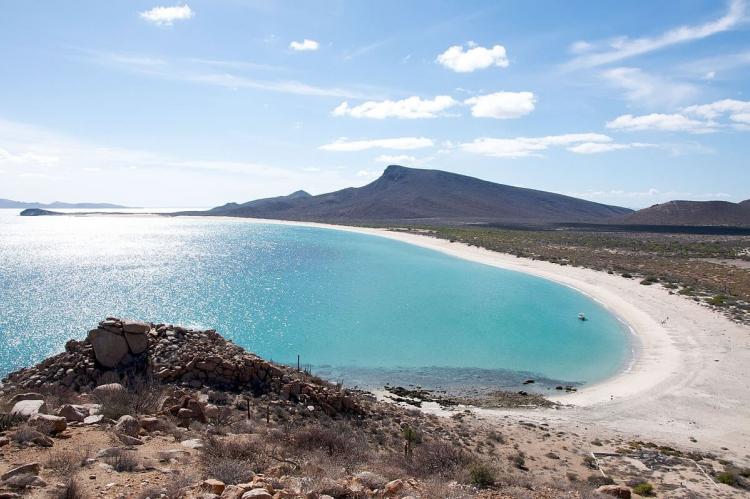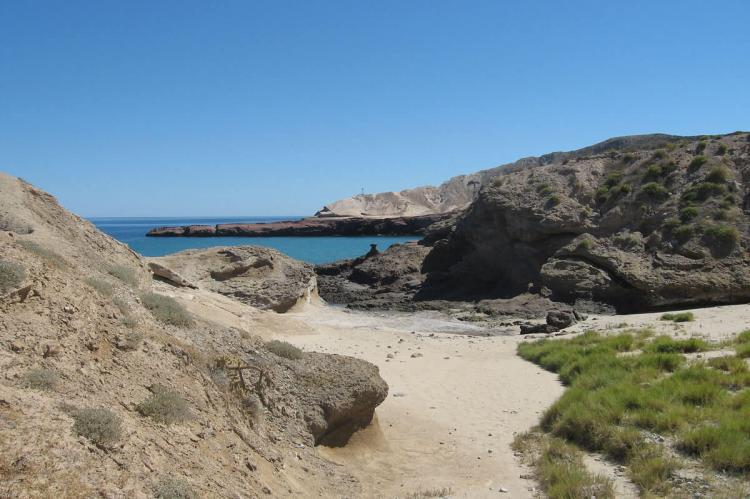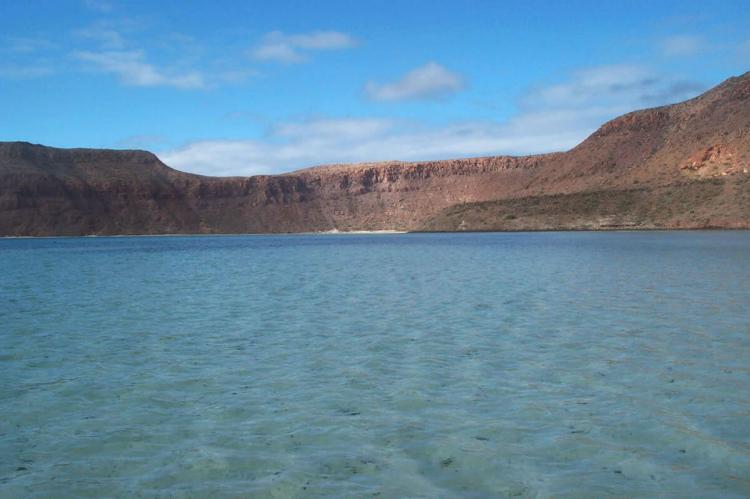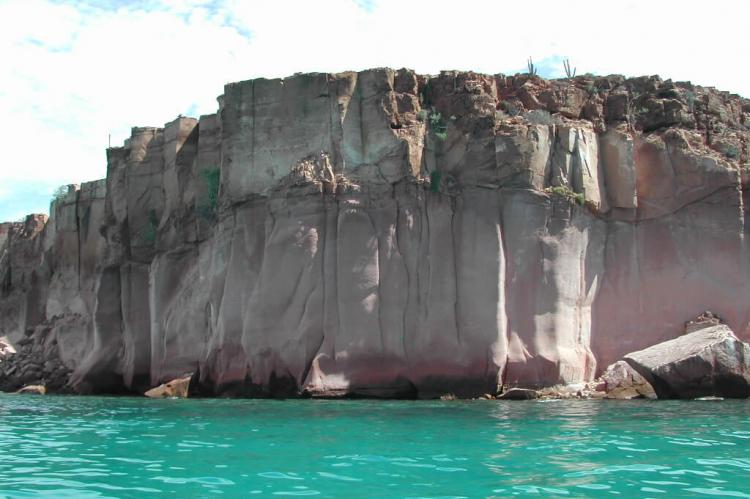Islas del Golfo de California: Balancing Conservation and Human Impact
The Islas del Golfo de California, between the Baja California peninsula and the Sonoran Desert in northwestern Mexico, are renowned for their rich biodiversity. However, recent challenges have underscored the complex relationship between conservation and human activity.
The Enigmatic Islas del Golfo de California: A Haven for Biodiversity and Conservation Challenges
The Islas del Golfo de California, a vast archipelago of over 240 islands, is nestled between the Baja California peninsula, the Sonoran Desert, and the mangroves of Sinaloa in northwestern Mexico. Renowned for its rich biodiversity, these islands are part of the Islands and Protected Areas of the Gulf of California World Heritage site. Despite their ecological significance, recent challenges have highlighted the complex interplay between conservation efforts and human activity. In 2022, Mexico withdrew the Islas del Golfo de California from the UNESCO Biosphere Reserve list, mainly due to the ongoing illegal fishing activities threatening the critically endangered vaquita porpoise. This withdrawal marked a significant moment in the conservation history of the region, raising questions about the future of these unique ecosystems.
Geography and Climate
Location and Terrain
The Islas del Golfo de California are scattered throughout the Gulf of California, also known as the Sea of Cortez, and encompass a variety of landscapes ranging from rocky and arid terrains to lush mangrove ecosystems. The islands are characterized by their irregular coastlines, featuring cliffs and rocky beaches interspersed with sandy, gravelly, or pebbly shores. The archipelago falls within the Sonoran Desert, one of the most biologically diverse deserts in the world, contributing to its unique flora and fauna.
Climate
The region experiences an arid climate, with hot summers and mild winters, typical of desert environments. The lack of freshwater sources and limited vegetation further emphasize the harsh conditions on these islands, making them a stark yet beautiful example of nature's adaptability.
Flora and Fauna
Plant Life
The plant life on the islands is dominated by cacti and other succulent species, which are well-adapted to the dry, rocky environment. Some islands, particularly those with swampy areas or protected bays like the eastern coast of Isla Tiburón, support low mangrove forests, which provide critical habitats for various species. Coastal dune vegetation is also present on islands with sandy beaches, playing a vital role in soil stabilization and preventing erosion.
Animal Life
The Islas del Golfo de California are home to a diverse array of animal species, including numerous endemics. The reptile population is particularly notable, with the archipelago hosting around 115 species, representing nearly 10% of Mexico's herpetological diversity. Notable reptilian inhabitants include the chuckwalla iguana (Sauromalus varius), known for its impressive size and adaptability to arid environments.
Among the mammals, coyotes and mule deer roam the larger islands, while California sea lions (Zalophus californianus) form large colonies along the coastal zones. The archipelago also serves as a crucial breeding and feeding ground for various marine mammals, including the endangered vaquita porpoise, which faces critical threats from illegal fishing practices.
Birdlife is abundant, with approximately 154 species of land birds recorded, representing 30 different families. Although no bird species are endemic to the islands, many, including beach and water birds, are migratory, utilizing the islands as key stopover points during their long journeys.
Conservation Challenges
The Vaquita Crisis
One of the most pressing conservation challenges in the Gulf of California is the plight of the vaquita porpoise (Phocoena sinus), the world's smallest and most endangered cetacean. With fewer than ten individuals estimated to remain in the wild, the vaquita's survival is jeopardized by illegal gillnet fishing, primarily targeting the totoaba fish, whose swim bladder is highly prized on the black market. Efforts to curb illegal fishing and protect the vaquita have been met with limited success, leading to international pressure and significant conservation setbacks.
Withdrawal from UNESCO Biosphere Reserve
In 2022, Mexico withdrew the Islas del Golfo de California from the UNESCO Biosphere Reserve list, citing illegal fishing activities threatening the vaquita and other marine species. This decision marked a significant retreat in international conservation support, as the Biosphere Reserve designation provided critical resources and attention to protecting these unique ecosystems. The withdrawal highlights the complex balance between conservation efforts and local economic interests, underscoring the need for effective management strategies considering ecological and human factors.
Human Presence and Cultural Significance
Indigenous Communities
The Gulf of California region is home to several indigenous groups, including the Seris and Konnak, who traditionally rely on the islands and surrounding waters for their livelihoods. Approximately 700 indigenous people inhabit areas such as Isla Tiburón and Isla San Esteban, engaging in fishing, crafting, and maintaining traditional knowledge and practices. These communities play a vital role in the cultural and ecological stewardship of the islands, contributing to conservation efforts through sustainable practices.
Economic Activities
The human population around the Gulf of California, estimated at around 487,000, is concentrated in coastal cities like Guaymas, Mazatlán, La Paz, and San Felipe. Economic activities in the region include tourism, fishing, and small-scale agriculture. While tourism provides economic benefits, it also poses potential threats to fragile ecosystems if not managed sustainably. Responsible tourism development and stringent regulations and enforcement are essential to balance economic growth with environmental preservation.
Conservation Efforts and Future Directions
Protected Areas and Biodiversity Management
Despite the UNESCO Biosphere Reserve withdrawal, the Islas del Golfo de California remains part of the broader Islands and Protected Areas of the Gulf of California World Heritage site. Ongoing conservation efforts focus on protecting biodiversity, managing fish populations, and preserving critical habitats. Establishing protected areas and implementing stricter fishing regulations are among the strategies to safeguard the region's ecological integrity.
Community Involvement and Sustainable Practices
Engaging local communities in conservation initiatives is crucial for the long-term success of biodiversity management in the Gulf of California. Empowering Indigenous groups and local fishermen with knowledge and resources to practice sustainable fishing and participate in ecotourism ventures can enhance conservation outcomes. Education and awareness programs that highlight the ecological and cultural importance of the islands are vital in fostering a sense of stewardship among residents and visitors alike.
Conclusion
The Islas del Golfo de California is a testament to the rich biodiversity and complex ecological dynamics of the Gulf of California region. Home to an array of unique species and habitats, these islands face significant conservation challenges, particularly regarding protecting the critically endangered vaquita porpoise. The withdrawal from the UNESCO Biosphere Reserve list underscores the need for robust and effective conservation strategies that balance ecological preservation with the socio-economic needs of local communities. As efforts continue to protect these vital ecosystems, the Islas del Golfo de California remains a symbol of the natural beauty and the environmental challenges that define this remarkable part of the world.





